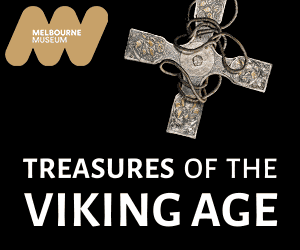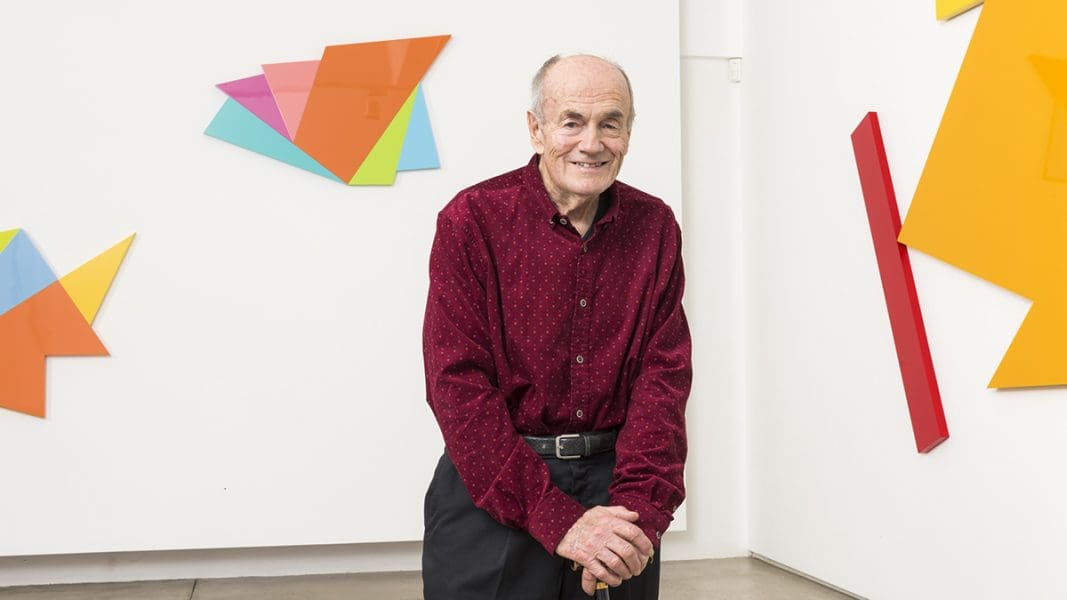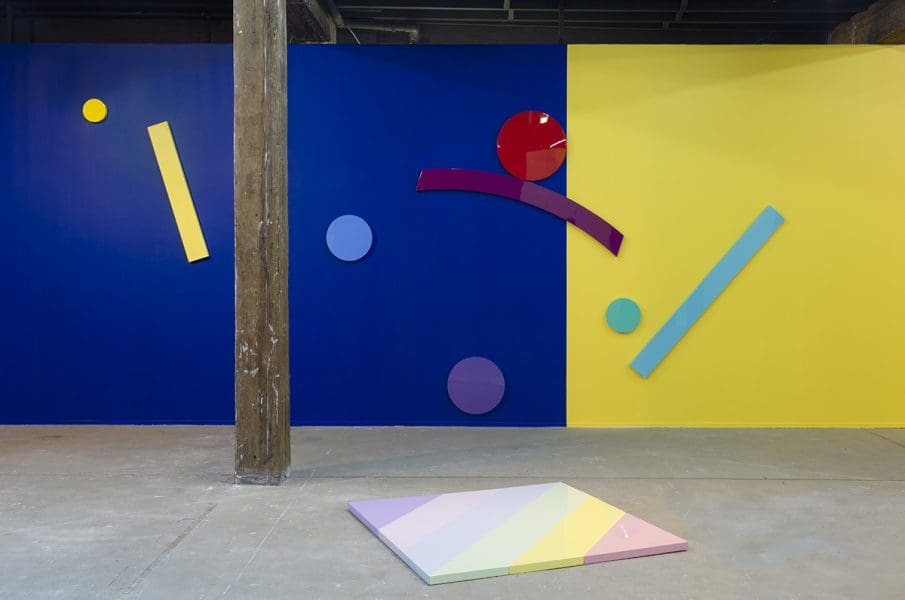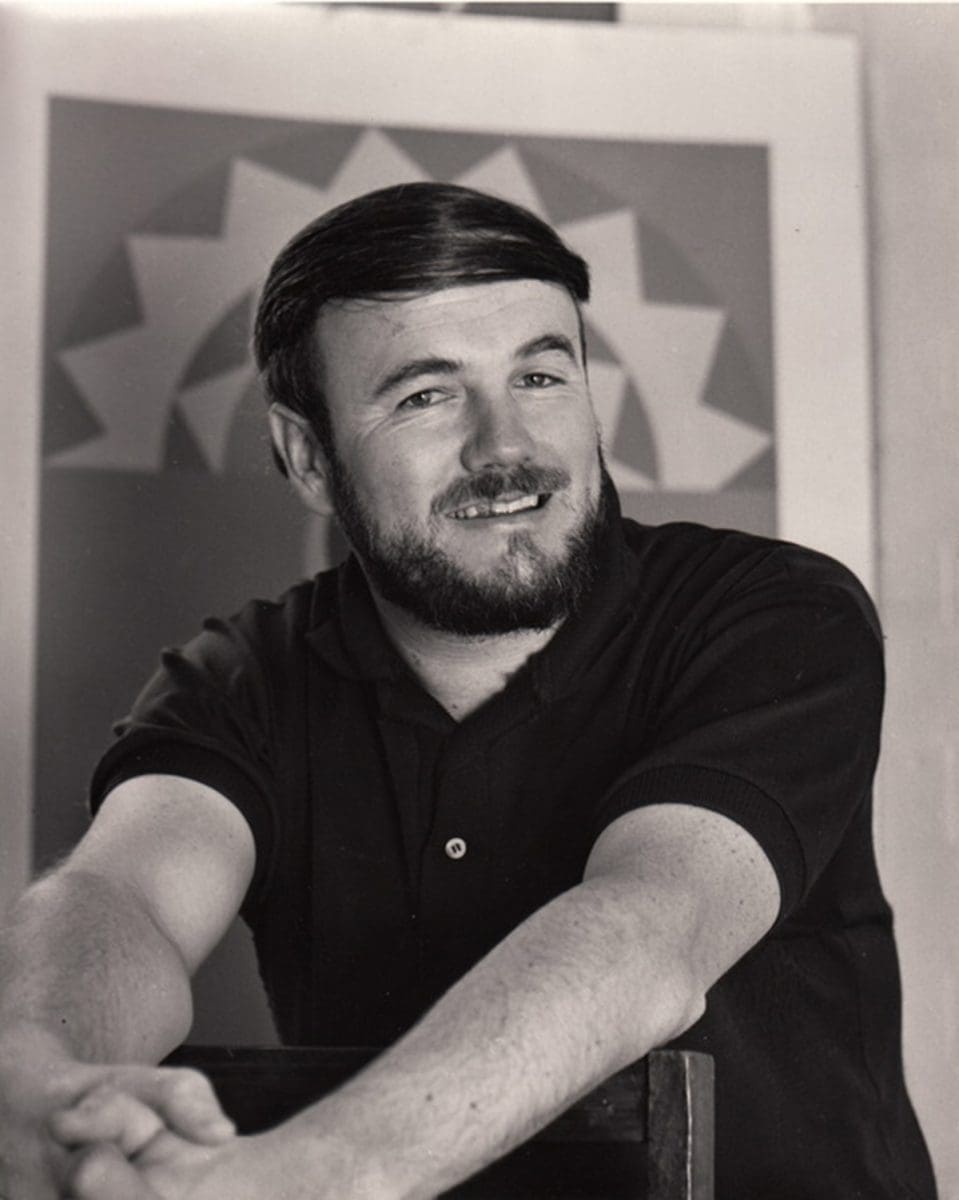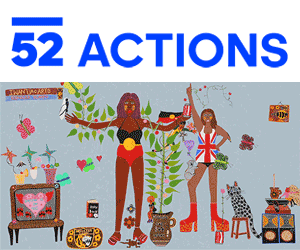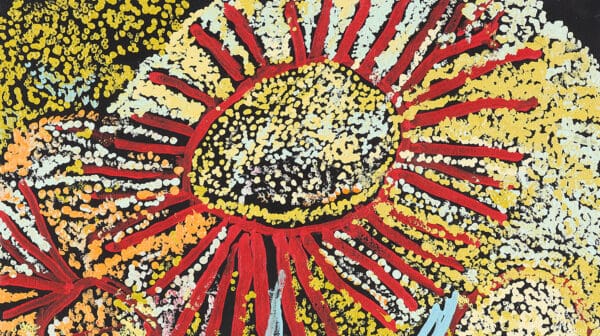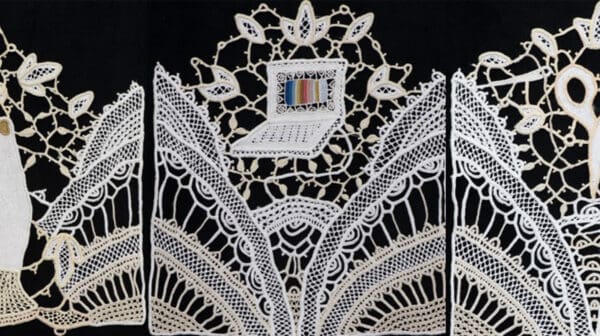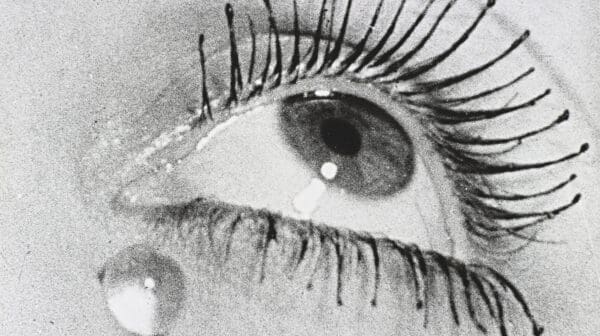When the Adelaide-born abstract painter Sydney Ball moved to New York in 1962 and enrolled at the Art Students League, he fell in with the right people, including abstract expressionists and art world supporters. His first exhibition, in 1964, was held alongside the work of US minimalist artist Carl Andre, and was reviewed by Donald Judd in a New York art magazine. It was a charmed beginning for the former architectural draughtsman, who died on 5 March, aged 83.
Yet, after the artist returned to Australia, in 1965, his exhibition Cantos: In Great Praise at John Reed’s Museum of Modern Art Australia was a “terrible failure”, concedes Ball’s Sydney gallerist Joanna Strumpf. “But those Canto paintings that didn’t sell at John Reed’s made their way into major collections,” says Strumpf. “Over the coming years, he was fêted as the big thing.”
Ball became a “pioneer of post-painterly abstraction” in Australia, with his use of “saturated, intense colour”, says Anne Ryan, curator of Australian prints, drawings and watercolours at the Art Gallery of NSW.
He would go on to hold some 70 solo shows, and innovate well into his 70s and 80s. Ball’s physical mobility issues in later life were no barrier to his prolific output: despite the use of a walking cane, he continued to make large pictures, and held 11 shows with Sullivan + Strumpf gallery, which began representing him in 2005.
Ball was a guiding hand and mentor for the gallery and its younger artists, says Strumpf. “We loved him; he was part of our family. He was always there for counsel, and he forged some beautiful friendships with some of our artists.”
In 1968, Ball was a key artist in The Field, the first comprehensive survey of colour field painting and abstract sculpture, exhibited at the then new National Gallery of Victoria premises in St Kilda Road and at the Art Gallery of NSW.
Strumpf recalls when Ball received a letter inviting him to take part in The Field Revisited, which will mark the 50th anniversary by recreating the landmark exhibition with as many of the original 74 paintings and sculptures as possible at NGV Australia in May 2018. “He laughed when he got the letter,” says Strumpf, “and he said, ‘Jo, none of these guys are going to be alive for that show.’”
Strumpf and her colleagues spoke almost daily to Ball in his final months, planning future projects. At his last show at Sullivan + Strumpf, held in May 2016, the bulk of the exhibition was sold to a US collector. His work also sold well in Asia.
“When we moved our gallery from Paddington to Zetland, he was excited we were finally getting a decent space, and he said, ‘Don’t make it too big, because otherwise the artists will paint really big paintings which won’t sell,’ which is hilarious because the biggest paintings we have by any artist are those by Sydney Ball.”
“Big paintings are physically difficult in your later years if you’re not well,” says Strumpf. “Syd didn’t have the health, but he had the spirit to innovate. The last exhibition, for example, he had made the designs for the works, and a company in Brisbane fabricated them. So he was able to do really big, ambitious works, even though he was a frail man. It was amazing, the way he was able to turn his thinking around in his 80s.”


